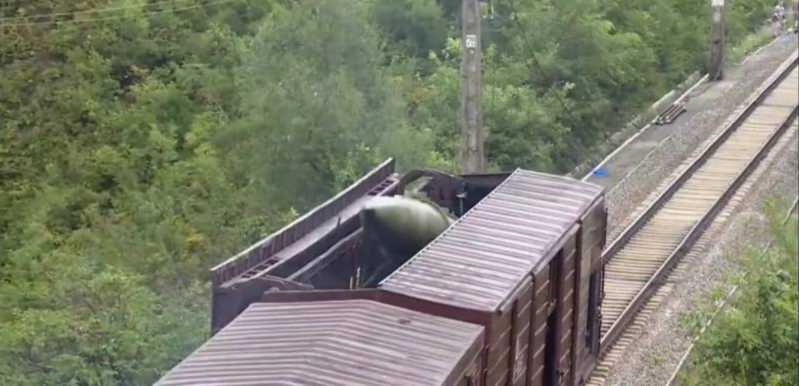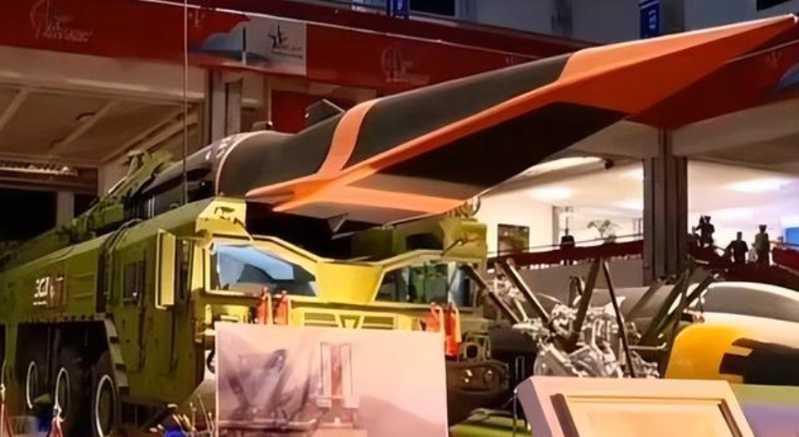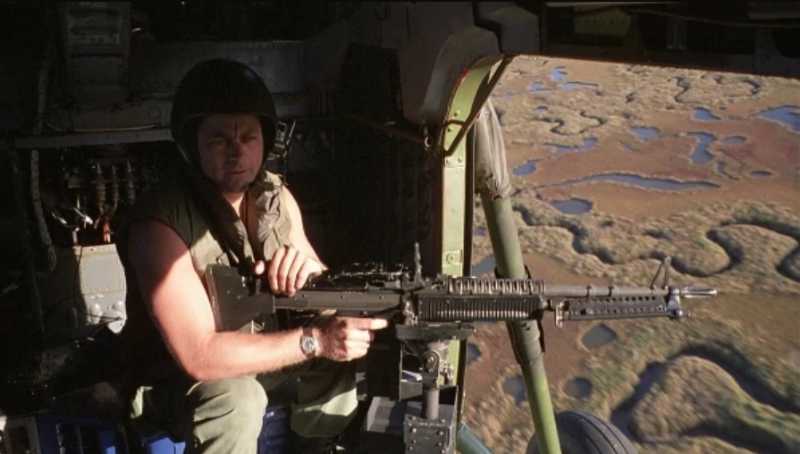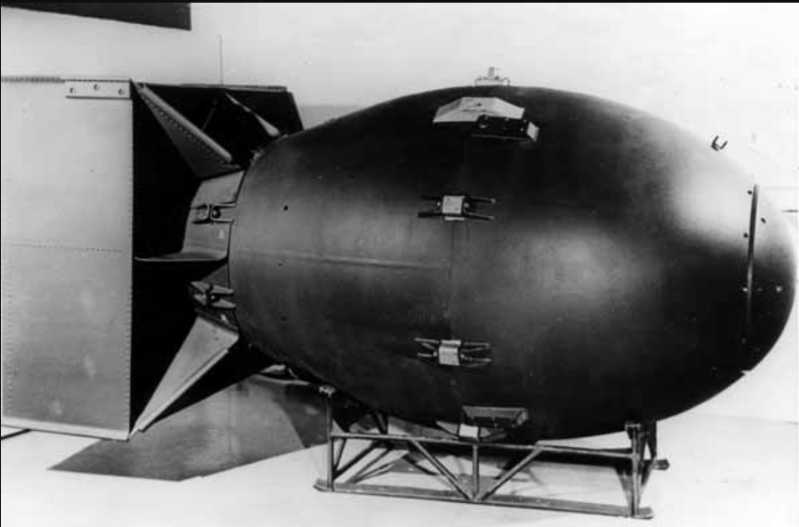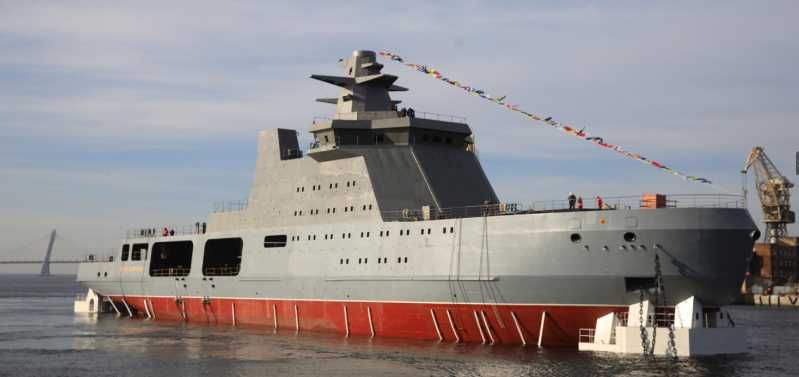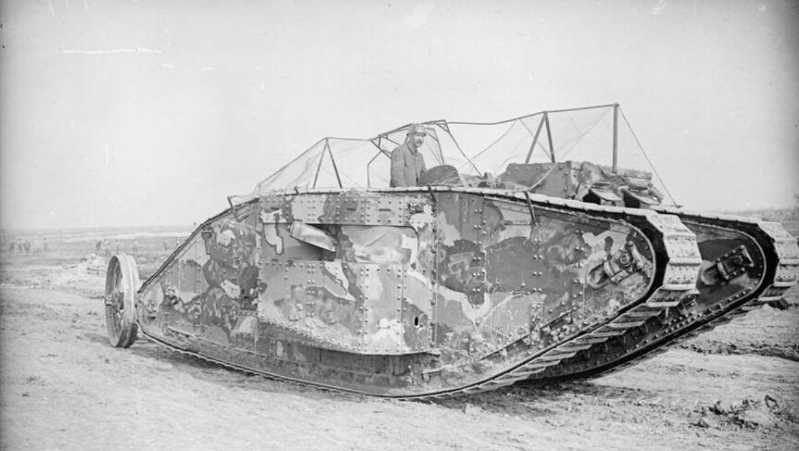In the Chinese Air Force’s "20 Series" aircraft family, the new generation of long-range bomber H-20, which is "seen from head to tail", is undoubtedly the focus of people’s attention. Any clues about it can make military enthusiasts talk about it for a long time. Behind everyone’s eagerness for the H-20 to fill the last piece of the "20 era" puzzle is the ardent expectation for the construction of the Chinese Air Force’s long-range strike capability and even the "three-in-one" nuclear force system. During the two sessions held recently, the Hong Kong Commercial Daily interviewed Lieutenant General Wang Wei, Deputy Commander of the Air Force. When asked when the H-20 would be announced to the public, Lieutenant General Wang Wei replied: "Soon, you wait!" This is the first time that the Air Force’s senior officials have responded to the news about the H-20 strategic bomber since the official announcement in 2016 that it was developing a strategic bomber! And Lieutenant General Wang Wei’s answer may also mean that the H-20 will soon meet everyone.
It’s coming soon, wait for it!
As early as the first few years of this century, there was news on the Internet that China was developing a heavy strategic bomber. At that time, the popular saying was that China was developing a heavy supersonic strategic bomber H-9 based on the Tu-22M, but the H-9 did not appear. The Chinese Air Force chose to continue to improve the H-6, making this old platform reach the "peak" of combat effectiveness. The technical accumulation during this period played a positive role in promoting the establishment and development of the H-20.
Until September 1, 2016, when General Ma Xiaotian, then commander of the Air Force, attended the Air Force Aviation Open Event, he told the media that the Chinese Air Force was developing a new generation of long-range bombers. At that time, the names of the J-20 and Y-20 had already been confirmed, so everyone naturally named this bomber under development "H-20". When talking about this aircraft, Yin Zhuo, a famous military expert, believes that China’s new generation of strategic bombers must have strong stealth performance in order to ensure effective long-range penetration capability. The bomber can carry at least 20 tons of bombs, with a maximum range of 12,000 kilometers and a combat radius of 6,000 kilometers, and has global flight and strike capabilities.
It was not until 2018 that a propaganda film released by the Aviation Industry Corporation of China unexpectedly showed an aircraft suspected to be the H-20. Its flying wing layout design similar to that of the B-2 gradually became clear. Not long after, CCTV’s program confirmed the existence of the "H-20" for the first time in an official caliber. Since then, the voices questioning the existence of the "H-20" have disappeared, and everyone is looking forward to the day when it will be publicly unveiled.
At the beginning of the new year of 2021, the H-20, which has been concerned by countless military enthusiasts, suddenly has new developments. In the new propaganda film of the Air Force, there appeared an aircraft parked in the hangar, covered tightly by a curtain. The outline of its flying wing layout is highly similar to the "mysterious aircraft" in the 2018 aviation industry propaganda film. In a subsequent shot, the front windshield of the pilot’s helmet showed a clear reflection of the aircraft, which attracted widespread attention.
However, there has been very little news about the H-20 in the past two years, and everyone’s enthusiasm has gradually faded. Some people also think that the development of the H-20 may have encountered some technical bottlenecks. On December 2, 2022, the U.S. Air Force first displayed the world’s first sixth-generation aircraft, the B-21 stealth bomber code-named "Raider", and completed its first flight at the 42nd Aviation Plant of the U.S. Air Force in Palmdale, California in November 2023. The public appearance and first flight of the B-21 once again made people anxious and worried about my country’s H-20.
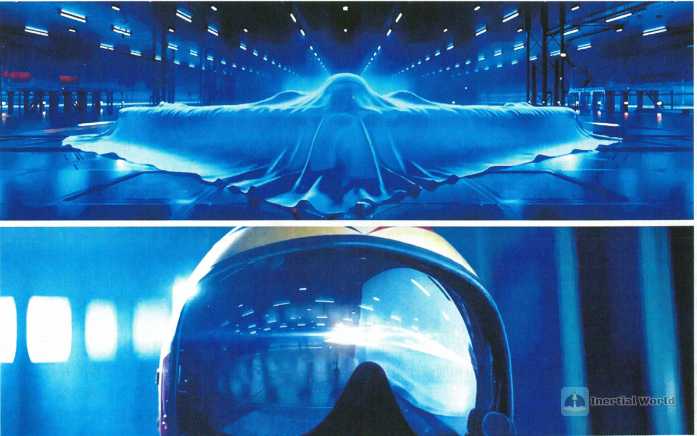
However, at the end of 2023, according to CCTV Military Channel, at an aviation symposium held in China not long ago, Academician Yang Wei, the chief designer of the J-20, made a speech. When talking about the development status of air force fighters in various countries, Academician Yang Wei said in a decisive tone: "The United States has developed the B-21 and the "sixth-generation aircraft" in their minds, but I think these are not as good as us." Academician Yang Wei’s words undoubtedly gave us a shot of adrenaline. Perhaps our H-20 is not only being intensively developed, but also uses more advanced technology, which is not inferior to the US B-21 stealth bomber.
"It’s coming soon, you wait!" Lieutenant General Wang Wei’s answer to the H-20 during the two sessions made people excited. I believe that in the near future, the H-20 will meet us and fill in the last piece of the puzzle of our "20 era".
No technical bottlenecks, all can be solved
During the interview, the reporter asked: Since the news of the development came out in 2016, it has not been released yet. The outside world speculates that China has encountered a technical bottleneck?
Lieutenant General Wang Wei replied: There are no bottlenecks, all can be solved. Our scientific researchers are very good now and have the ability to do so. This shows that there are no technical bottlenecks in the development of the H-20 in my country, and everything is going smoothly, which is also the case.
As early as the 1970s, under the huge military pressure from the Soviet Union, the Chinese Air Force had already proposed the need to develop long-range bombers. The earliest plan was to modify the existing H-6. The original engine position at the wing root and under the wing were installed with a total of four Spey turbofan engines imported from the UK. This modification plan can significantly improve the range of the H-6, but if it is to take off from western China and carry out strategic bombing of the Ural and Moscow industrial belts, the aircraft range must reach at least 10,000 kilometers, which exceeds the modification potential of the H-6, and it must start from scratch.
After the Air Force issued the "long-range strategic bomber" mission, the new aircraft plan proposed by the research and development unit was basically an enlargement of the H-6, with the wing root engine compartment cancelled. Instead, four turbofan-6A (910A) engines were hung under the wings, or six JT-3 engines of the same type as the Boeing 707 passenger aircraft. In terms of performance, the designed range can reach 11,000 kilometers when carrying 7 tons of bombs. Although there is still a gap with the US B-52, it is enough to cover the core political and economic areas of the Soviet Union.
Although the long-range bomber was quickly discontinued and did not enter the detailed design stage, it still formed a trinity with the strategic transport aircraft (old Y-9) and the large passenger aircraft (Y-10), forming the first wave of Chinese people’s pursuit of "large aircraft". With the advent of the era of reform and opening up, the industrial foundation has made great progress. In 2007, the domestic "large aircraft" that had been silent for many years was launched again. The State Council made a direct decision and clarified the strategic framework of "military and civilian integration" and the layout of Shanghai and Xi’an. The industrial foundation combined with strategic determination and institutional innovation made the second Chinese "large aircraft" exploration fruitful. In January 2013 and May 2017, the strategic transport aircraft Y-20 and the trunk passenger aircraft C919 successively achieved their first flights. The faster Y-20 has been delivered to the Air Force in batches. In the past few years, it has played a huge role in supporting domestic and foreign epidemics and other activities. It has frequently appeared in domestic and foreign news, showing the initial strategic air transport capabilities of the Chinese Air Force. The C919, which has accumulated thousands of orders, has also made relatively smooth progress in the certification test flight and mass production of the bureau. It will be delivered in 2022 and put into commercial operation.
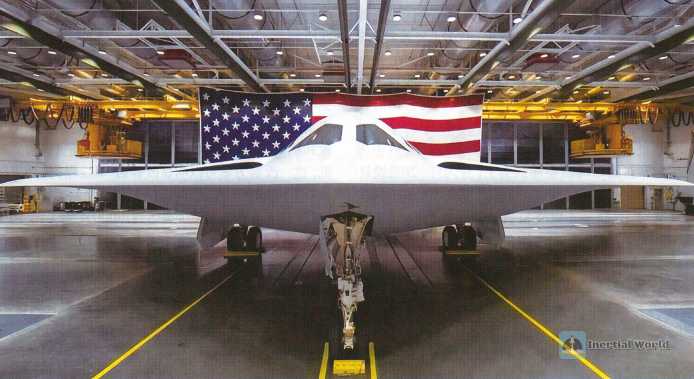
After the mass production of the large-scale aircraft and large passenger aircraft, the last suspense in the "big aircraft" trinity, the strategic bomber, naturally attracted more and more discussions and attention. No one would think that the Chinese are interested in copying old homework. If a strategic bomber exists, it will inevitably benchmark the world’s highest level, that is, the most advanced stealth bomber among strategic bombers. Can the Chinese do it?
Whether the final product of the stealth bomber can be made depends on the accumulation of capabilities in key scientific and industrial fields such as aerodynamics, power, materials, and electronics. They are like the staves of a wooden barrel. Any short board will make the "king" of the man-made aircraft, the stealth bomber, out of reach.
In terms of aerodynamic shape, after the B-2 completed the "product definition" of the subsonic stealth bomber, the ideal electromagnetic reflective diamond fuselage, plus the two wings with different sweep angles and aspect ratios that take into account flight performance, are difficult to break away from the boomerang-shaped "flying wing" layout framework. For this "alien" aerodynamic layout and its stealth characteristics numerical calculation, China’s aviation research institutes have conducted many years of research and have applied it to high-end unmanned combat aircraft. In this field, the Chinese are good at it. In the field of aviation power, the engine "heart disease" that has been talked about for many years and is familiar to ordinary Chinese people, has shown a good trend of "passing the test" with decades of unyielding persistence of scientific research and user departments, as well as the large-scale investment in the "two aircraft special projects" in recent years. The "complete version" of the Y-20 equipped with a domestically produced high-thrust turbofan engine has achieved its first flight, and the Yangtze River-1000 engine for domestic large passenger aircraft is also progressing smoothly.
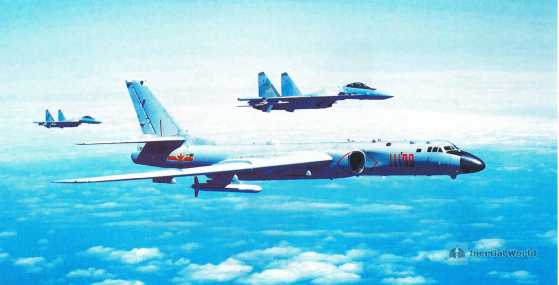
In terms of absorbing materials and manufacturing processes, the capabilities of China’s aviation industry have been fully demonstrated on the J-20. More importantly, China is currently at the forefront of the world in the intelligent skin technology that may realize a new revolution in stealth capabilities. Taking metasurface materials as an example, it has jumped out of the scope of passive absorption of electromagnetic waves, but can actively modulate the frequency and direction of echoes, and will also have broad application prospects in 5G and 6G communications.
In terms of project management capabilities, which may be the least noticed by the outside world and the least cool "sense of technology", but may also be the most important in determining the success or failure of large-scale projects, China’s aviation industry has also started far-reaching innovations and changes.
In fact, as China’s "big aircraft" ice-breaking project, the significance of the Y-20 is not only to hand over such a hardware, but also a "reform" of the development process of traditional projects in China’s aviation industry. In the development of the unprecedentedly complex "Da Yun", from the introduction of market-oriented mechanisms in top-level project management, to the parallel engineering practice of the entire process of design, trial production, and balanced production, to each specific stage such as digital drawing, rapid trial production, online association and other tools and organizational innovations, it has greatly eliminated many of the shortcomings accumulated in the traditional administrative command mode of domestic aviation research, such as the sports-style 996 battle, the various subsystem units and even the different functional departments of the same factory fighting on their own, and the cost control targets being in name only and "delaying, reducing and increasing" at any time, making the Y-20 a high-quality project with the smoothest project progress and the least "problems" in production and use in the history of China’s aviation industry.
The far-reaching changes initiated by the Y-20 project, while inheriting and carrying forward the ambition of serving the country through aviation, also took many excellent practices from the international aviation industry for our own use, and laid a solid foundation for the development of the H-20 at the soft science level of super engineering management and organization.
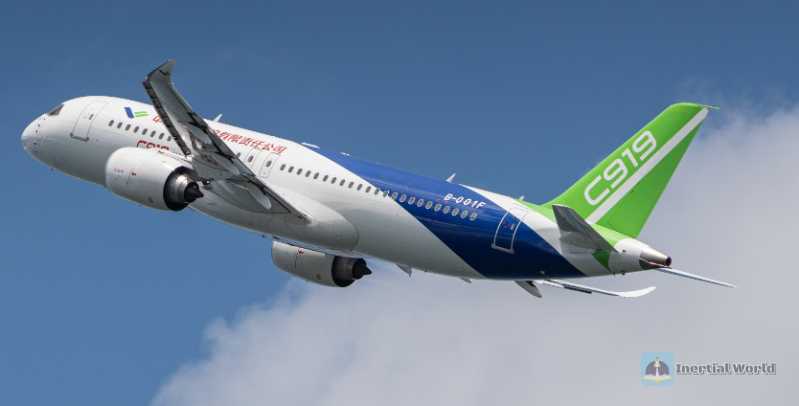
At the same time, China has obtained a set of mature stealth industrial technologies through the development of the J-20 and J-31 stealth fighters, including aerodynamic design to reduce radar reflection, special materials to absorb radar waves, and stealth coatings on the fuselage, which also laid a technical foundation for the development of the H-20.
It can be said that through the development of new generation aircraft such as the J-20 and Y-20, my country’s aviation industry has developed rapidly and accumulated rich experience in the development of large and advanced aircraft. There is no technical bottleneck in the development of the H-20 in my country.
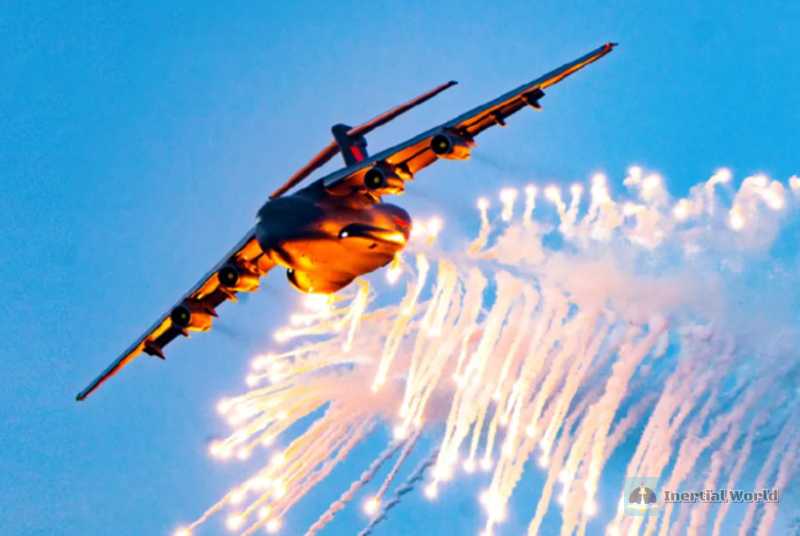
Always upgrading and transforming
Since my country has no technical bottleneck in the development of the H-20, why has the H-20 not been able to meet everyone? Lieutenant General Wang Wei also gave an answer. He said that the development of aircraft is a continuous process, which has been upgraded and transformed. This means that my country did not blindly pursue speed in the development of the H-20, but chose to continuously improve, upgrade and develop, focusing on the future, rather than just developing a bomber like the US B-2 "Ghost". Although the "Ghost" has a sci-fi appearance and advanced technology, it also has a lot of serious defects.
First, the production and maintenance costs of the B-2 bomber are terribly high. The cost of a single B-2 is more than $1 billion - this is $1 billion in the 1990s. Even the United States cannot afford the cost of purchasing such aircraft in large quantities. Therefore, the US Air Force reduced the original large B-2 fleet of more than 100 to 21. Currently, the US Air Force has only 20 B-2s in service.
Second, the maintenance and operation of the B-2 is quite complicated. Within a few years after entering service, the B-2 bomber could not perform at its best stealth performance due to maintenance problems with the stealth coating. In the early days of service, the B-2 required 119 hours of maintenance for every flight hour, and it could not fly in bad weather such as rainy days. The bomber that was bought at such a high price can only be blown in the hangar every day with air conditioning.
Finally, in actual combat, the B-2 was designed to be an aircraft that mainly carries nuclear weapons and large precision-guided bombs, using its own stealth capabilities to carry out strategic bombing missions deep into the enemy’s interior. Although the development of anti-stealth technology and the change of battlefield environment have made bombers pay more and more attention to out-of-area attacks and tactical bombing capabilities, and the B-2 has also undergone many improvements to adapt to the new battlefield environment, there are still certain shortcomings. In short, although the performance of the B-2 is strong enough, it is difficult to meet the needs of modern warfare. In order to solve these problems, the United States designed a "simple" B-21 bomber based on the B-2, and is preparing to completely retire the B-2 in 2037 and replace it with the next generation of strategic bombers.
Against such a background, it is obviously not a good idea for us to continue to develop a strategic bomber similar to the B-2. It is possible that the H-20 referred to some advanced technologies of the B-2 in its design and development, but also learned from the failure experience and lessons of the B-2. According to its own national conditions and needs, it focused on the future, developed, improved and upgraded at the same time, and reduced the many hidden dangers in the future as much as possible while improving technical performance. This may also be the reason why the H-20 did not debut quickly.
In fact, when asked how long it would take for the H-20 to be mass-produced and put into service after its release, Lieutenant General Wang Wei immediately said: Soon! It will be directly caught up!
The implication is that after the H-20 is announced, it will soon enter the active service of the Air Force!
From this answer, it can be seen that the overall technology used by the H-20 is very mature, and no new technology that lacks verification is used. Therefore, it does not need to be tested for a long time after the first flight. At the same time, the production and maintenance costs are low, and it can be quickly mass-produced and equipped to the troops, and there will not be many problems like the B-2.
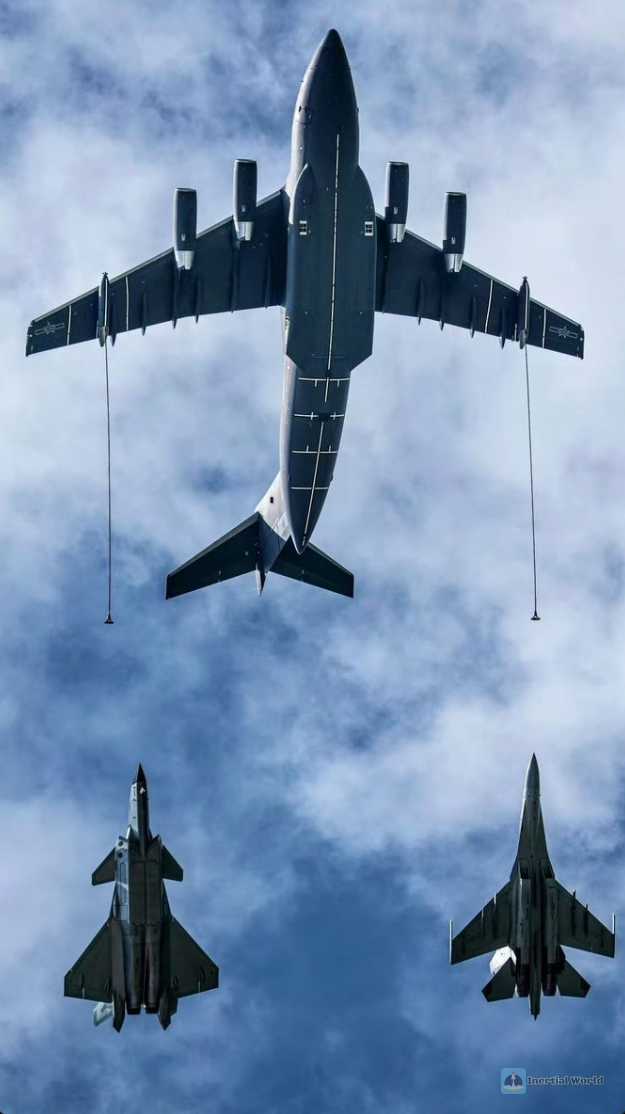
Will we overtake others?
When asked whether the technology of H-20 will overtake others, Lieutenant General Wang Wei said that we will show it to everyone at that time!
Although Lieutenant General Wang Wei did not clearly state what technology the H-20 uses, from the information related to the H-20 that has been exposed so far, the H-20 should have the following significant features, that is, good stealth performance, strong bomb-carrying capacity, high degree of informatization, etc.
First, flying wing layout, high stealth, high flight performance. From the perspective of aircraft design, the flying wing with "one wing" is the most aerodynamically efficient and the best layout style. As an advanced aerodynamic layout, compared with the traditional layout, the flying wing layout has the following advantages: the flying wing layout is the best layout for the integrated design of the aerodynamic layout, with high aerodynamic efficiency, excellent lift-drag characteristics, and optimal aerodynamic load distribution: light structure weight, good rigidity, and large effective loading space; it has excellent RCS characteristics and great military potential: etc. Therefore, the flying wing layout is the most ideal aerodynamic layout for future fighters. Therefore, we see that the next generation of stealth unmanned fighters in many countries have chosen this configuration.
As far as China is concerned, as early as November 2013, China had developed a flying wing layout "Sword" stealth unmanned attack aircraft. At the 2019 National Day military parade, the domestically produced "Attack"-11, which also adopted a flying wing layout, turned out, marking that China’s aviation industry’s technical exploration of the flying wing layout has yielded fruitful results. This also paves the way for the development of my country’s sixth-generation fighter in the future.

Of course, although the flying wing layout has many advantages, it also has disadvantages such as high research difficulty and too high requirements for the fighter’s flight control system. Therefore, between the fifth-generation fighter and the flying wing layout, a new layout method has emerged, namely the "tailless" layout scheme. Simply put, it cancels the tail wing, but in terms of the fuselage and nose, it is similar to the aerodynamic layout of the current fifth-generation aircraft such as the J-20 and F-22. For example, the NGAD fighter program of Lockheed Martin’s "Skunk Works" adopts this layout scheme. This layout method can reduce the technical difficulty while ensuring the stealth performance and flight performance of the fighter, which is a compromise solution.
Whether the future H-20 will adopt a flying wing layout or a "tailless" layout is still unknown, but no matter what, high stealth and high flight performance are an important direction pursued by future fighters.
In addition to the stealth layout, stealth materials are undoubtedly an important direction for improving the stealth capability of fighter jets in the future. At present, after the development of the two stealth fighters, the J-20 and J-31, China’s aviation industry has sufficient technical reserves in the development of radar absorbing materials, and its stealth performance is superior, which can undoubtedly be applied to the H-20. In addition, my country is also actively developing a new generation of stealth materials, such as "metamaterials". Compared with the materials used in the fifth-generation aircraft such as the F-22, metamaterials are a newer and more powerful stealth technology with many advantages, and are expected to achieve true radar stealth. At present, countries around the world are actively conducting research and development in metamaterials, and my country is no exception.
Compared with the relatively scattered development model of many countries, China’s development model in the field of metamaterials is more focused and powerful. my country has established projects to support metamaterial research in projects such as the 863 Program, the 973 Program, the National Natural Science Foundation, and the New Materials Major Project. In the basic research of electric black holes, metamaterial stealth technology, dielectric metamaterials, and negative refraction of sound waves, Chinese companies have achieved many original results and taken the lead in the world’s metamaterial industrialization competition. Liu Ruopeng, who studied in the United States and published a paper on a new metamaterial broadband invisibility cloak in Science magazine, is undoubtedly one of the representatives.
In 2010, a team of five overseas students led by Dr. Liu Ruopeng returned to China and founded Shenzhen Guangqi. After several years of development, the company has applied for more than 2,800 patents worldwide, accounting for about 86% of the total patent applications in related fields. The company is also at the forefront of the world in creating material-based smart communities, wireless interconnection, aerospace and other fields. For example, its world’s first metamaterial microstructure precision test line has a degree of customization of equipment of up to 70%, which can achieve a process accuracy of up to 2 microns. They also designed a standardized process for metamaterial production. Taking the electromagnetic metamaterial antenna designed by it as an example, using a circuit board that can be folded into the size of a notebook, airplanes, trains, ships, and cars can connect to satellite broadband Internet in remote places where mobile networks are out of reach. No matter where the satellite is in the sky, the antenna can track it, without having to stare at a satellite in one direction like a traditional dish antenna.

In addition, in order to break the monopoly of Europe and the United States on metamaterial technology standards, my country’s Electromagnetic Metamaterial Technology and Products Standardization Technical Committee has reviewed and approved the national standard "Electromagnetic Metamaterial Terminology". This means that my country is the first in the world to formulate national standards in the field of metamaterials, which will play an important role in my country’s research and standard transformation in metamaterial technology, and will also play an important role in promoting my country’s research on sixth-generation aircraft. In the future, metamaterial technology may not be used on the H-20 to greatly improve the stealth performance and combat capability of the H-20.
Secondly, it has a large payload and strong combat capability. In terms of size, the general view is that the H-20 data will be close to the level of the B-2, with a maximum range of about 12,000 kilometers, a bomb load of 20 tons, and a maximum take-off weight of 150 tons. There are also views that the maximum take-off weight of the H-20 can reach 200 tons, and the bomb load can reach 30-40 tons.
Even according to conservative data, compared with the H-6, the capabilities of the H-20 will increase exponentially. After the current H-6N adopts aerial refueling technology, it can refuel in the air 1 to 2 times, greatly extending its combat radius from the current 3,000 kilometers to more than 5,000 kilometers. In addition to the extended-range air-to-ground improved cruise missile mounted on it, American experts believe that it can strike Hawaii and even parts of the west coast of the United States. But this is only the best data in theory. In fact, as an improved version of the old bomber Tu-16, the H-6N has its own radar cross-sectional area characteristics that are dozens of times that of fighter jets. Since the first and second island chains and other strategic locations have a complete and strict air defense and anti-missile early warning network, the H-6N is in great danger when it is flying through defenses and choosing air refueling airspace. Without the protection of fighter jets, it is difficult for the H-6N to fly 3,000-5,000 kilometers without being intercepted or attacked by enemy fighter jets. This means that although it can carry nuclear warheads, its actual nuclear deterrence capability is very limited due to its very limited platform penetration capability.
The H-20 is different. It uses a flying wing stealth layout and advanced stealth coatings and other materials. Compared with the H-6, it has made a qualitative breakthrough in stealth capability. At the same time, it can reach a combat radius of 5,000 kilometers without refueling, and has the ability to "stealth penetrate" the enemy’s air defense early warning network without being noticed. In this way, the nuclear missiles carried by the H-20 will have a more realistic and substantial nuclear deterrence.
In order to produce huge strategic deterrence and actual combat effects, the H-20 can carry a variety of weapons: carrying nuclear weapons can produce deterrence; carrying air-launched cruise missiles such as the "Changjian-10" can carry out out-of-area attacks; carrying the "Feiteng" series of precision-guided bombs can carry out precision strikes. The miniaturization of aviation weapons allows the H-20 to carry more bombs and attack more targets in one attack: the intelligence of aviation weapons makes the H-20’s attack accuracy higher, using precision strikes to replace large-scale bombing.
At present, my country has taken the lead in the world in the development of hypersonic weapons. In the future, the H-20 can even carry hypersonic weapons to further enhance its combat range and combat effectiveness.
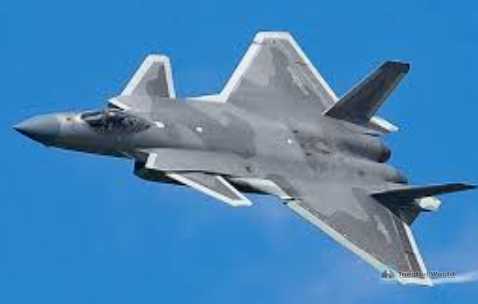
Again, the informationization and intelligence level is high. Future wars are informationized, diversified, and complex wars. With the development of science and technology and the emergence of various new weapons and equipment, the way of fighting has changed from the past single mode and is developing in the direction of diversification, complexity, and three-dimensionality. As military expert Li Jie said: Future wars are not only informationized wars, but also systematic wars and coordinated wars. They are definitely not operations of a single military service, arms, ship type, or aircraft type, but systematic, multi-arms, and multi-ship type joint operations. This puts forward new requirements for the integrated avionics system and situational awareness capabilities of future fighters, requiring future fighters to have extremely strong integrated situational awareness capabilities, to fully explore the information situation in a wide range around them, and to accurately and quickly analyze the complex situation information, to sense the enemy first, to discover the enemy first, to attack the enemy first, and to provide a basis for pilots to make decisions. The H-20 is no exception.
At present, through the development of fighters such as the J-20 and Y-20, my country has accumulated various advanced avionics and electronic information technologies, which can be widely used in the H-20 to improve its informationization level. In addition, some new technologies, such as multi-sensor fusion technology, intelligent skin technology, Internet of Things technology, new radar technology, and advanced artificial intelligence technology are also booming. my country has achieved certain results in these technologies, which can also be used in the H-20 in the future, so that the H-20 has the ability of omnidirectional detection and omnidirectional perception, greatly improving the informationization ability and intelligence level. While having high-level individual combat capabilities and deterrence capabilities, it can also be used as part of the future three-dimensional attack and defense system, and cooperate with other weapons and equipment to enrich the diversity of operations and improve combat effectiveness.
In addition, some advanced technologies such as open architecture, which can be quickly and continuously upgraded, and "loyal wingman" may also be applied to the H-20. Of course, the above is just speculation. We will wait and see what technologies the H-20 uses.
Equipment of each generation brings combat effectiveness of each generation
Afterwards, the reporter also asked an important question: Will the release of this aircraft greatly increase the strength of our air force? Lieutenant General Wang Wei replied: Definitely, each generation of equipment brings combat effectiveness of each generation!
As an important part of the "three-in-one" nuclear force, the importance of the H-20 is self-evident. The emergence of the H-20 will, on the one hand, greatly enhance the combat capability of our army, make up for the shortcomings of our air force, and build a complete and powerful national defense strategic system. At the same time, the emergence of the H-20 is also of great significance to the advancement and development of our aviation industry.
On the other hand, China will effectively deter foreign forces and safeguard the security of national sovereignty and airspace. If the H-20 enters the PLA, it will actively enhance the deterrence capability of the Chinese Air Force. It should be noted that the United States has long regarded the Pacific Ocean as a strategic barrier. In order to contain China, it has built the first and second island chains, trying to contain China in the first island chain and prevent China from entering the Pacific Ocean. The appearance of the H-20 will easily break through the US island chain containment and deter foreign forces. American think tanks said that the H-20 can not only break through the second island chain, but can even deter the US mainland.
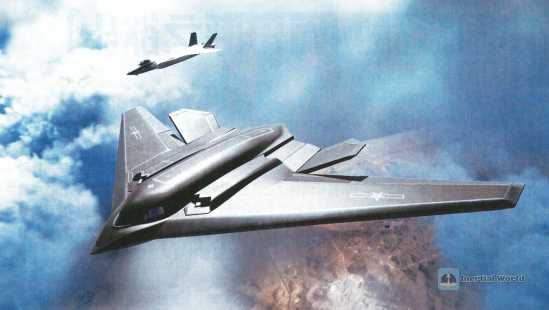
Of course, China’s development of the H-20 is not to compete with the United States, nor to compete for world hegemony. China pursues an active defense strategy and has never sought hegemony or expansion. With the H-20 in hand, China will achieve a strategic breakthrough, greatly expand its strategic space, effectively deter external forces, and safeguard national sovereignty and the interests of the people.
As Lieutenant General Wang Wei said: We are not competing with the United States, we are just defending our own security.

Conclusion
Combined with the 003/004 aircraft carriers that have not yet been put into service, and the next generation of stealth carrier-based fighters, the service of the H-20 will be a qualitative leap for the PLA’s long-range strike capability. Therefore, when the reporter asked about the significance of the H-20 to the Air Force, Commander Wang Wei couldn’t stop smiling: The service of the H-20 is definitely "worthy of pride, worthy of your excitement, and of great significance"!




